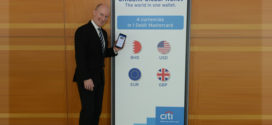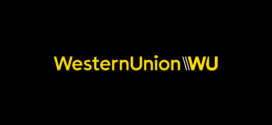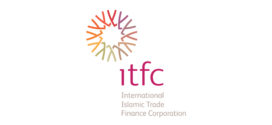Saxo Bank publishes its investment outlook for Q1 2014
Emerging Asia will become the world’s primary weak spot in 2014, but we have reached the beginning of the end of this crisis
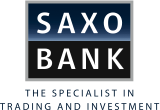 Saxo Bank, the online multi-asset trading and investment specialist, has published its first quarterly insight for 2014 looking across both the macroeconomic environment and individual asset classes.
Saxo Bank, the online multi-asset trading and investment specialist, has published its first quarterly insight for 2014 looking across both the macroeconomic environment and individual asset classes.
Global overview
Having maintained world growth at acceptable levels throughout the current crisis, emerging Asia will become the world’s primary weak spot in 2014. Investment in that region has reached a staggering 43% of GDP while growth has fallen to barely 6%; the easy part of the growth cycle is long gone, and some emerging market governments are now proactively trying to slow their economies down. This is not necessarily a bad thing for Asia, which needs to cool off and reconsider its economic model; Europe, however, will be hit by the fallout of the troubles facing its best growth market for exports.
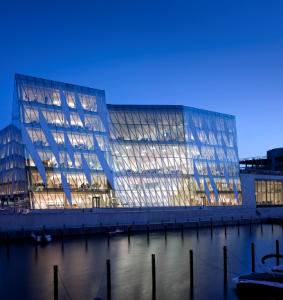
Beyond emerging Asia, Saxo Bank expects the global economy to accelerate from 2% growth in 2013 to 2.8% in 2014. This uptick will be led by the US where private consumption and private investment will prove key drivers, pushing growth close to 3%. Tapering will continue as the economy strengthens, which would imply an exit from QE in the second half of 2014.
The Eurozone is on the mend and likely to see growth move into positive territory of 0.8% in 2014, but the outlook for Germany and particularly France remains bleak, the latter having failed to spur growth outside increases in public spending. The two year decline in inflation across the Eurozone is unlikely to reverse meaningfully this year and the argument for additional ECB easing is valid, most likely through a new LTRO.
Steen Jakobsen, Chief Economist at Saxo Bank, comments: “It’s been a long time since the stars of macro indicators have aligned so perfectly. The good news? This is the beginning of the end of this crisis. The 2014-2015 period will see a transition away from quantitative easing and easy money towards better quality growth and, hopefully, a mandate for real change. The world has become so out of balance that things can only improve from here.”
Equities
Peter Garnry, Head of Equity Strategy, underlines the continuing importance of holding equities to see any meaningful capital growth. The relative repricing between equities and bonds will continue in 2014 as total return in equities relative to bonds remains below the equity risk premium line since 1995. He comments: “Don’t pay any heed to those who say equities are in a bubble. If you really want to make the most of your portfolio in 2014, the biggest risk is not being long enough on risky assets. ”
Saxo Bank forecasts a 10 percent overall rise in global equities over 2014. Its top equity picks for 2014 include General Electric, Microsoft and BNP Paribas.
FX
The market is assuming that the Fed will adopt a slow and steady approach to decreasing purchases, and as such the anticipated path is towards a higher USD. However, if markets lose their nerve the USD strength could shift more prominently against the less liquid G10 and emerging-market currencies rather than the JPY and other majors.
John J. Hardy, Head of FX Strategy, adds: “Q1 will see a concerted effort to wean the FX market off QE. The Eurozone could prove a flashpoint, with the peripheral economies ready to rebel if the ECB doesn’t take stronger steps to expand its balance sheet.”
Saxo Bank’s top FX trading themes for Q1 2014 include long USDCAD, long USDJPY and long GBPNZD.
Commodities
Another tough year lies ahead for commodities, with the risk of even lower prices still a possibility. Demand growth has stabilised as economic growth rates in emerging economies, not least China, have declined.
The energy market will have to deal with the possibility of global crude oil supply exceeding demand for the first time in recent memory, thanks in part to the rise in non-OPEC production, and the average price of Brent crude is likely to move lower towards USD 105/barrel. After 2013 saw gold’s first annual loss in 13 years, Saxo Bank is cautiously optimistic for its prospects later in 2014 after averaging 1,225 USD/oz during the first quarter.
Ole S. Hansen, Head of Commodity Strategy, adds: “Raised growth expectations at the beginning of the year carry the risk that investors will once again become too optimistic about the prospects for higher prices, especially in crude oil and industrial metals. Strong January performances over the past three years could therefore be repeated only to be retracted later in the quarter.”
Link to report
http://storage.saxobank.com/TradingFloor/TradingFloor_Insights_Q1_2014.pdf
 Cash And Trade Magazine For Cash and Trade professionals in the Middle East
Cash And Trade Magazine For Cash and Trade professionals in the Middle East

